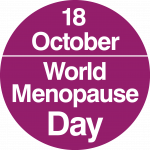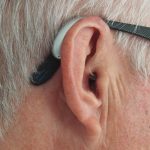
This paper presents the methodology and findings of a systematic review of the available evidence relating to social workers experience of bureaucracy in practice. The study is international, and includes English Language papers published in peer reviewed journals between 1990 and 2020.
[read the full story...]






